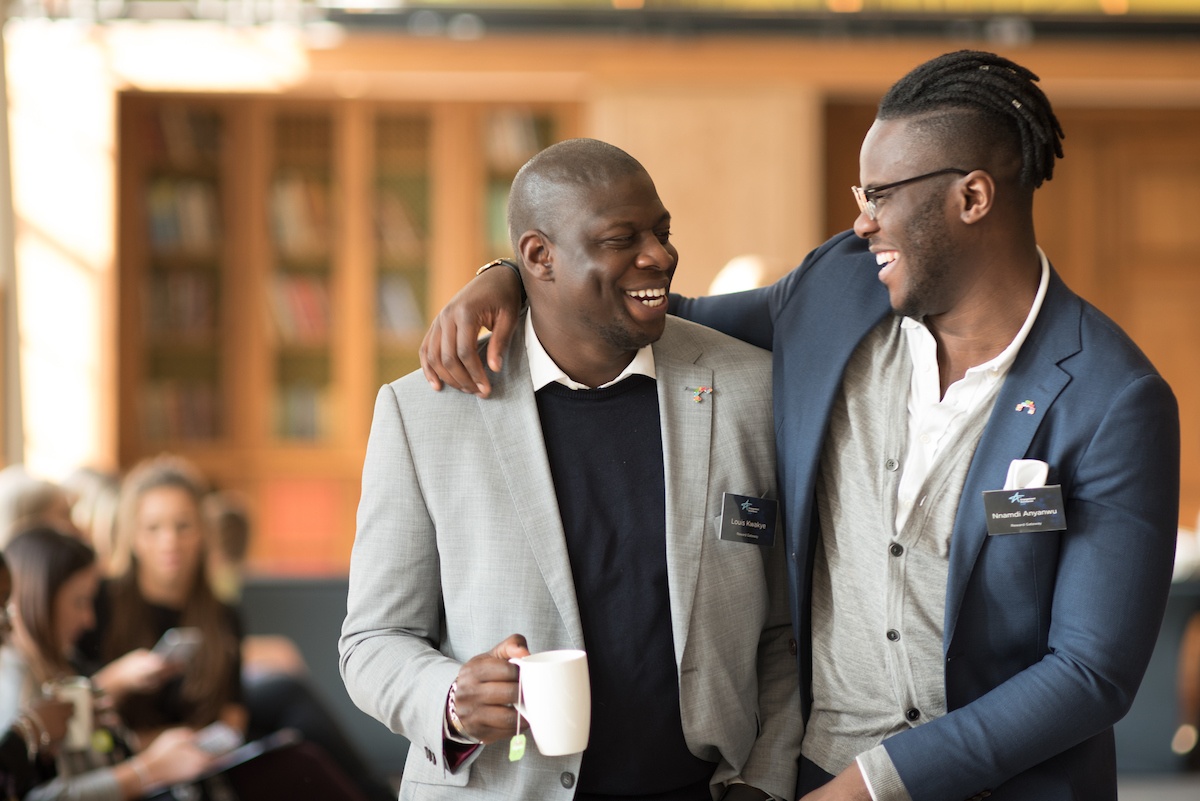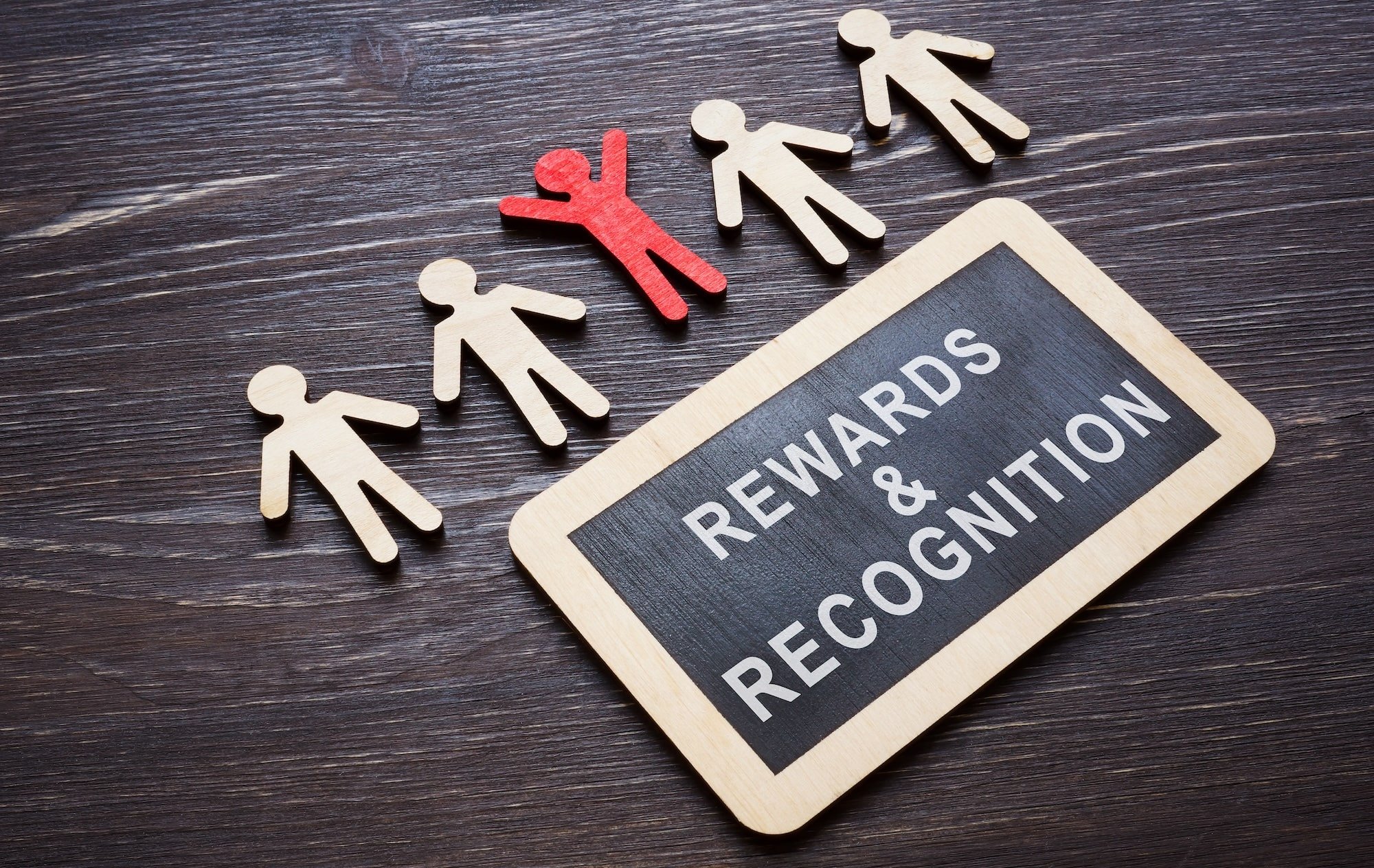I believe that every company, no matter what size or industry, needs some kind of recognition program. They’re no longer are a “nice to have,” but have become a strategic and critical part of a company’s overall Employee Value Proposition.
The good news is that employee recognition doesn’t have to be expensive. (I once saw a company use simple Post-its as a way to recognize their workforce!) However, it does have to be a priority — 82% of employees surveyed by Gallup say praise and recognition are leading factors in helping them improve their job performance.
If you don’t have a recognition program, ask yourself, can my company afford not to have 82% of my workforce not at their peak performance?
How you design your recognition program will depend on your organization’s culture, values, business goals and the areas you’re trying to focus on and/or improve.
I’ve seen companies look into building recognition programs for many reasons, including some of these challenges:
- Little to no understanding or connection with the company’s purpose, mission or values
- Low morale
- Negative view of company culture
- Low overall engagement score
- An increase in unproductive employees
- Little to no collaboration among teams or individual team members
By building a program which starts with your purpose, so the “why,” you’ll have a better chance of addressing these challenges and introducing positive changes to both your people and your business.
Download our step-by-step guide to employee recognition program success »
Four key employee recognition tips
I’ve put in place countless recognition programs over the years, learning lessons along the way on how to create effective ones. Here are four tips to keep in mind: Make it Meaningful, make it Unified, shine a Spotlight on it, and make it Timely. We've even put together an infographic to help you share the knowledge:
Make it Meaningful:
For the recognition recipient to truly feel recognized, it needs to be meaningful. Saying “thanks for your help,” although very nice, does little to make the person feel recognised as they may not understand or appreciate what they’ve done. If instead, the message says “thanks for coming in early to prepare and distribute the benefits material to our offices around the world,” the person knows specifically what they’ve done, and how they’ve helped you.
I’d suggest training your employees on the “art” of creating meaningful recognition messages. We did this recently at Reward Gateway when we rolled out our new recognition program, following the training with a 1-minute fun video to explain the program, too. Take a look:
Make it Uniform
Recognition should never create the "haves" and the "have nots," with some jobs, departments or levels being able to give and receive and others being left out “in the cold." Recognition needs to be universal, making it available for all to give and all to receive, thus increasing your chances of achieving your recognition and engagement objectives.
I worked at a company once where the sales team were not a part of the recognition program as the business leader felt that they were "recognized" by receiving commission payments. This not only left the sales team feeling left out and resentful of others, but it missed a key part of recognition, by only linking it to tangible financial goals.

Shine a Spotlight on it
By shining the light on those that have been recognized, it does two great things. First, it celebrates the recognition of the recipient — I explain it as giving them the Olympic podium to stand on to celebrate and be recognized for their achievement. Second, it shows others in your organization what good looks like, reinforcing behaviors for the recipient as well as others.
Our own employee recognition platform can help you shine an even bigger spotlight on your moments of recognition by integrating social recognition. Users can “like” or “comment” on eCards sent or awards given, helping to build a culture of continuous recognition in ways that feel natural to your employees.
Make it Timely
And finally, for recognition to be effective it has to be timely, capturing and recognizing the individual “in the moment.” A colleague of mine tells the story of how he was recognized a year after his recognition moment and he couldn’t even remember what he had done. What a waste, and something we should avoid if we want our recognition programs to meet the needs of our employees and our businesses.
Designing an employee recognition program can be challenging, but with the right guidance, you can introduce a culture of continuous employee recognition to your organization. Check out my eBook, 5 Magic Steps to Employee Recognition Success, for more.
 Debra Corey
Debra Corey



